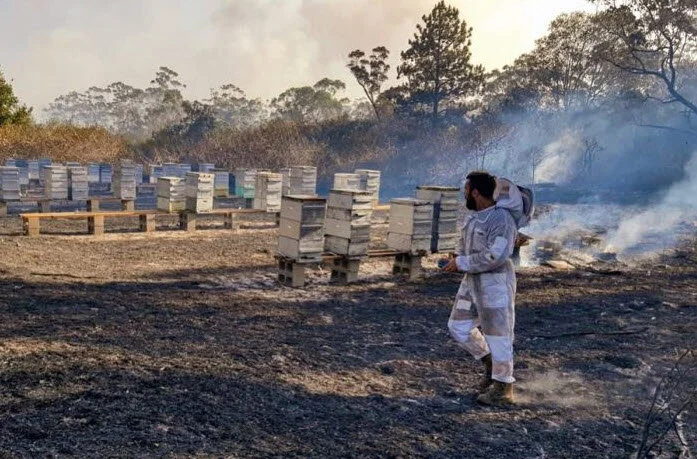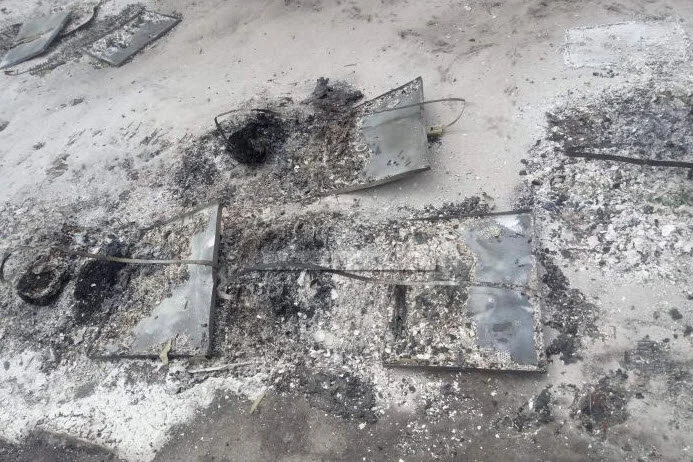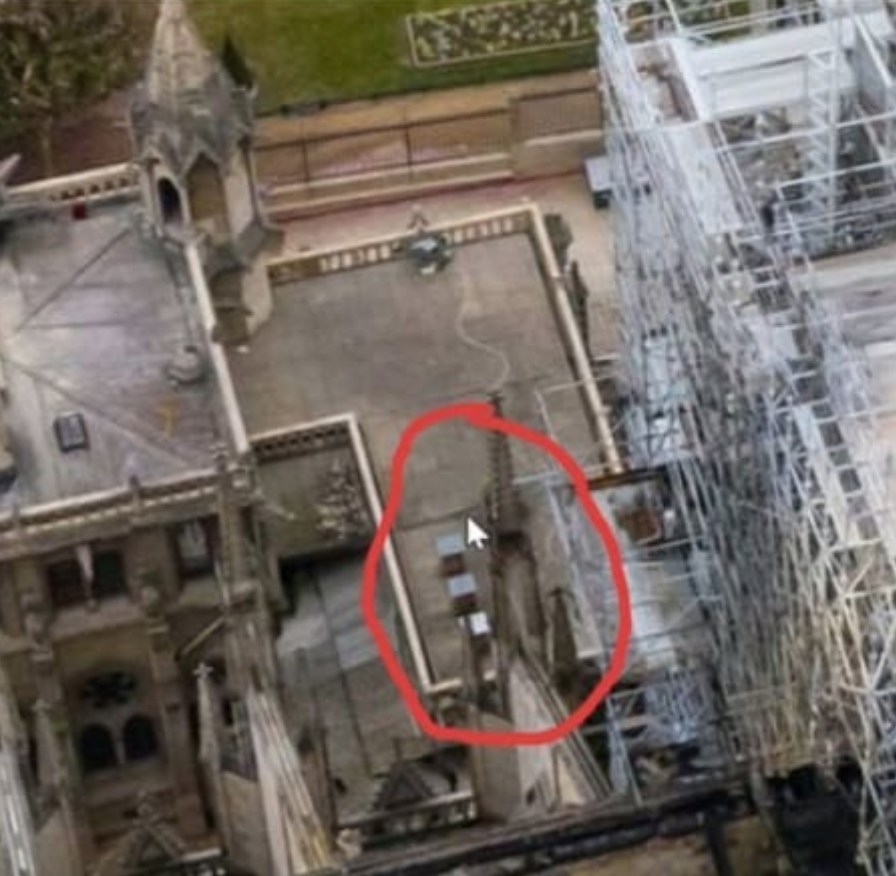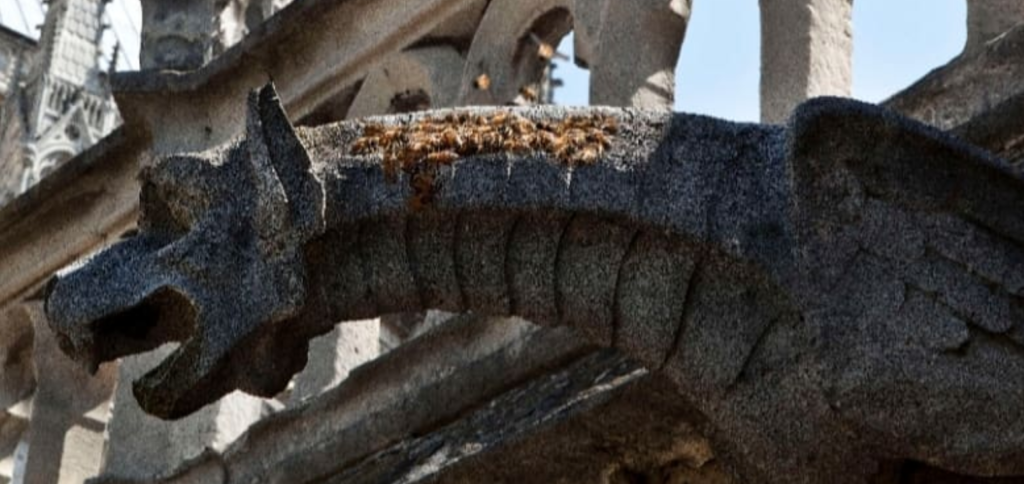
Beekeepers checking on hives are some of the first people into fire-ravaged forests, and are not prepared for the traumatic sights and sounds of wounded and suffering animals.
NSW Apiarists Association president Stephen Targett said the situation in north-eastern NSW was “truly devastating” to beekeepers and extremely traumatic.
“It’s doing their heads in, the screaming animals, the animals that are in pain, that are crying out in the forest, it’s absolutely horrific,” Mr Targett said.
“One beekeeper employs some young people and it has really traumatised them.
“So the beekeeper has arranged counselling for these young beekeepers who went into the forest and he won’t allow them back into the forest for a period of time.
“These older beekeepers will go in and make sure the forest isn’t screaming at them before they allow these young people back in.”
Concern for Mental Health
The impact of the drought and now bushfires has worn beekeepers down.
More than a million hectares has burnt in NSW since the start of this year’s bushfire season, with hives and key foraging country for bees burnt out.
Peter Matthison from Elands, south-west of Port Macquarie, estimated he had lost 70 per cent of his hives and 90 per cent of the sites he used for his bees.
“I’m a pretty resilient guy, but I’ve lost a lot of bees,” Mr Matthison said.
“Those bees are more than livestock to me … I think of them like I’m their dad a bit, I look after them and they look after me.”
“If I have to watch [more hives] burn after we’ve lost a hell of a lot already, I just don’t even know about starting over again, I just don’t know what to do next.”
Impacts of fires to be felt for years.

Despite the devastation, Mr Matthison was starting to think about rebuilding — a process that would involve sacrificing honey production for a year to split hives “over and over again” to build up numbers.
“I’ve got just enough hives that if I decide to keep going I could start rebuilding over the next year or two,” he said.
“It’s pretty much decimated most of our business, not just the bees but all of the forest and the plants that we use to make the honey.”
Mr Matthison said it would be at least three years before he could use some of his sites again, some of which supplied flowers for the highly sought-after Manuka honey.
“Up and down the coast it seems like most of what burnt first was all of that coastal Manuka country, and we won’t get to make honey on that for at least three years,” he said.
Mr Targett believed a three-year recovery estimate was conservative.
“The fires were that hot in places that some beekeepers, who have a fairly good understanding of their local bush, don’t believe those trees will be flowering or producing nectar and pollen for the bees for at least 20 years and in some cases they don’t believe it’ll be in their lifetime,” he said.
Finding sites with Manuka trees was crucial.
“Without Manuka honey in our pattern for the next three years, we won’t survive on regular table honey, it’s not worth it for us,” Mr Matthison said.
Further north, Michael Howes from Australia’s Manuka was also moving hives because of bushfires. But that was proving a challenge with drought gripping much of the state.
“At the moment we have 300 on other sites … we are slowly moving them out depending on whether there’s any nectar coming in,” Mr Howes said.
“With the drought, the trees are flowering. But there’s no nectar there for the bees, so we’re monitoring that, and as that worsens we’re moving them out and trying to find better pastures so to speak.”
Cost of honey to rise
Mr Targett warned consumers would soon pay more for their honey.
“In the short term it will definitely reduce the honey production in the state, so you’re likely to see a price increase happen in the short term at least,” he said.
“It won’t be a doubling of the price of honey — but prices will move up.
“It’s not just [bad] for honey production … bees are worth far more to the NSW economy through pollination.”
Seeking new areas
The NSW Apiarists Association is calling on anyone with land available for bees to get in touch.
“I’ve received phone calls from people who have land, they’ve got a farm, and no beekeeper is putting bees on their farm, and they have rung me up and said, ‘I have 100 acres, beekeepers are welcome to put bees on there if they wish’,” Mr Targett said.
“I get their contact details and flick it out to NSW Apiarists Association branches and then the branches flick it out to the members, and if any of the members require somewhere for their hives they can contact these farmers.
“It’s very much appreciated. People are thinking about bees and the importance of bees for food security, regional employment, and everything like that — it’s great.”
Mr Targett also hoped to work with the State Government to allow beekeepers to use public land including national parks to temporarily house beehives while the bushland recovers.

[Thank you to BeeGirl for sharing on your Facebook page: https://www.facebook.com/SarahBeeGirl/.]

